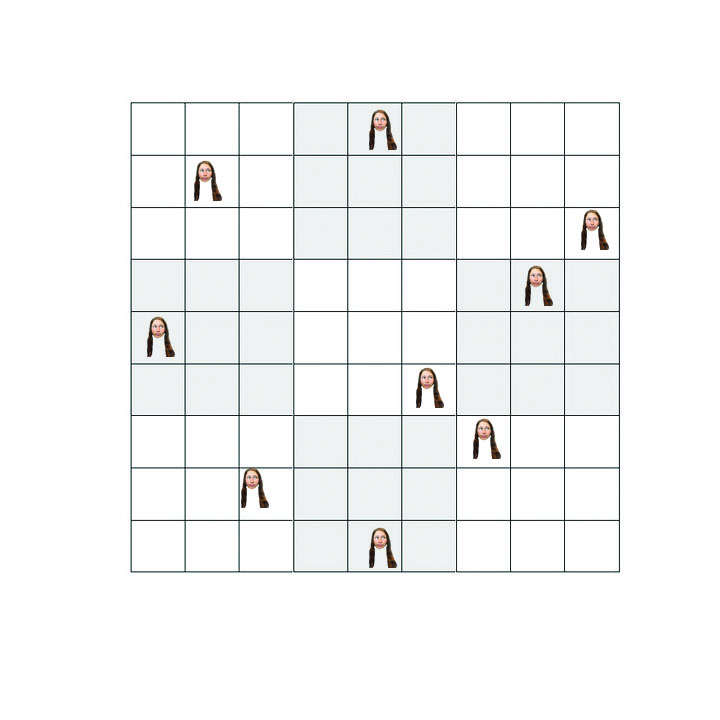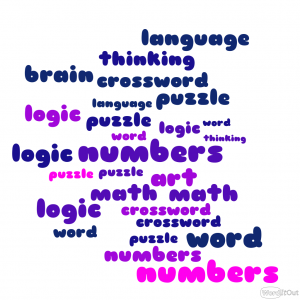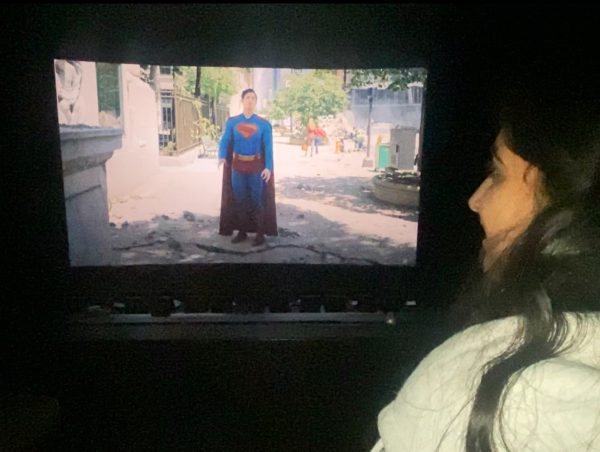Dylan’s piece of the puzzle: Sudoku
There is a new version of Sudoku played with junior Dylan Cohen’s face instead of numbers.
Sudoku: the number puzzle minus the math. Sudoku is one of the most fun and easiest-to-learn puzzles out there. While the history of sudoku has been disputed, university dropout Maki Kaji is widely known as the “father of sudoku”. The word “Sudoku” or 数独 is Japanese for digit-single, describing the premise of the game.
How to play:
In a sudoku that follows all of the basic principles, the goal is to fill up a grid with consecutive numbers, not repeating or omitting any in each row, column and/or subgrid. For example, a 4×4 grid will have numbers 1-4 in each row, column and 2×2 grid. Depending on the difficulty of the given puzzle, varying amounts of numbers will already be filled in. While this may sound complicated, sudoku becomes much more simple when you begin working with the puzzle.
Classic sudoku:
The most common sudoku that you’ll encounter is the 9×9 sudoku. This will contain nine rows, nine columns and nine 3×3 subgrids. In each of these subsections, you must use numbers 1-9 without repeating or omitting any. The most important skill for solving a classic sudoku will be writing down any number that could possibly go in a box inside the box itself. This will narrow down your options and allow you to work much more quickly.
Classic sudokus can be found anywhere, from apps, to online images, to newspapers, to print magazines and more. If you’re feeling fancy, you could try making one with a friend and try to solve each other’s puzzles.
KenKen:
If you love math and sudoku like me, KenKen or 賢賢 is a must-try puzzle. Meaning “wise” in Japanese, it follows the basic principles of sudoku but it has twists that differ it from the classic. Most importantly, each section of the puzzle involves one of the four basic arithmetic operations (addition, subtraction, multiplication, and division). These sections will be bolded and will ask you to create a number using an operation. For example, a 4×4 KenKen could have a three-unit section with “8X” printed across it. In this situation, you must find a combination of three numbers that multiply to eight. These numbers could repeat within the section but not within a single column or row.
Samurai sudoku
When you glance over at anyone solving a samurai sudoku, it may look like something more daunting than any puzzle you could solve. The reality however, is that like any puzzle, it becomes easier when you start working. The trick with samurai sudoku is to view it as a whole. When I first look at a samurai sudoku puzzle, I start with the subsections that border the highest amount of other subsections and continue from there.
Remember, as impossible as it may seem, never give up on a sudoku puzzle. The feeling when you’ve finally completed a puzzle will make all of your hard work worth it.
Your donation will support the student journalists of Thomas S. Wootton High School. Your contribution will allow us to purchase equipment and cover our annual website hosting costs.
Dylan is a 2023 graduate.










